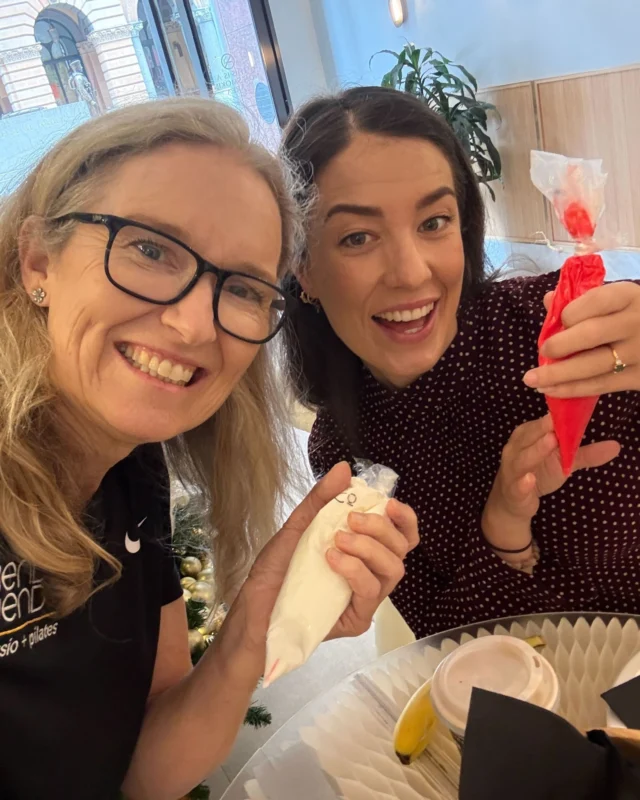 Ligaments and Tendons are both are both types of connective tissue within our body that contribute to the way we move. The role that they play however is very different and therefore the treatment that is needed when they are injured differs too.
Ligaments and Tendons are both are both types of connective tissue within our body that contribute to the way we move. The role that they play however is very different and therefore the treatment that is needed when they are injured differs too.
Ligaments:
Ligaments are made of a fibrous connective tissue that acts like a bridge connecting one bone to another bone. This tissue is thickened where the most stress goes through it. The bone to bone attachment allows the ligament any separation between the two bones.
Ligaments do not have the ability to create movement as they are passive structures. Each ligament is elasticated enough to allow full range at a joint, but they also have the strength to stabilise joints and prevent excess movement. Tendons also assist with our balance and joint positional sense. Within each ligament there are mechanoreceptors. These little receptors respond to changes within the ligament and send information to our brain. Our brain can take this information and use it to form an idea of the position of our joints.
Ligament injuries particularly common in the ankle. The ligaments on the outside of your ankle work to prevent you rolling and therefore spraining your ankle. Sprains occur when the ligaments stretched fully or put under excessive load. The extent of the damage may be limited to just a few fibres of the ligament or pushed to a full rupture.
To be able to return to full function and reduce the risk of re-injury following a ligament injury it is important to rehab it fully. This needs to allow enough time for healing but also include range of motion, strength and balance exercises.
Tendons:
While our tendons are also connective tissue they have a different part to play within the body. Tendons connect your muscle to bone. It is this attachment that means the contraction force a muscle generates can be transmitted to a bone enabling a joint to move.
Tendons have more give than ligaments and they can withstand tension. A tendon’s length can vary depending on its role and the muscle that it is attached to.
A good example of a tendon in action is the Achilles tendon when your running. This tendon runs down the lower part of your leg attaching your calf muscle to your heel bone. When the calf muscle contracts the force passes through the Achilles to enable you to push off the ball of your foot thus propelling you forward.
Tendon injuries typically occur when there is a change in the load. This can be an increase in compression at its insertion site or a change in the speed that it must react to. Rehabilitation of tendon injuries therefore needs to include exercises that address these potential causes.
How can Physiotherapy help?
If you are concerned that you have had either a tendon or ligament injury, physiotherapy can help. One of the Bend + Mend Physiotherapist’s can assess your injury, give you a diagnosis and prescribe the right treatment to get you back into action as soon as possible.





